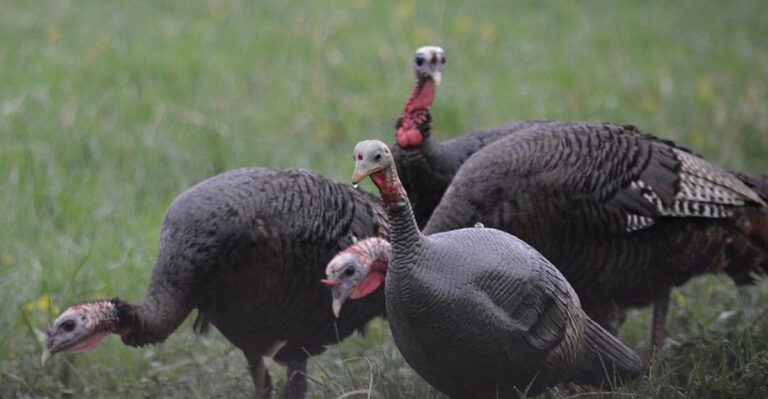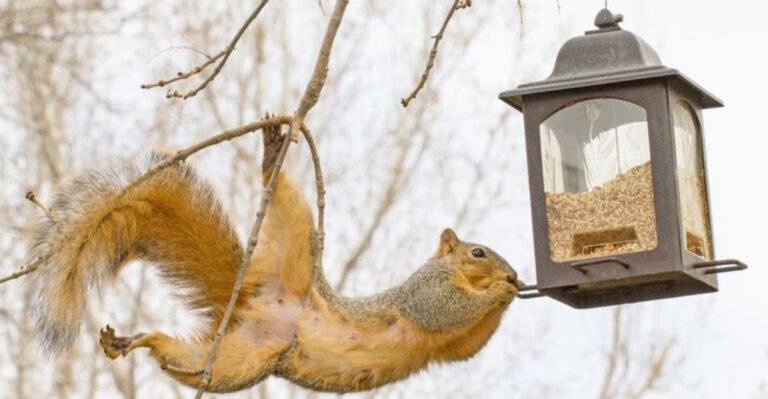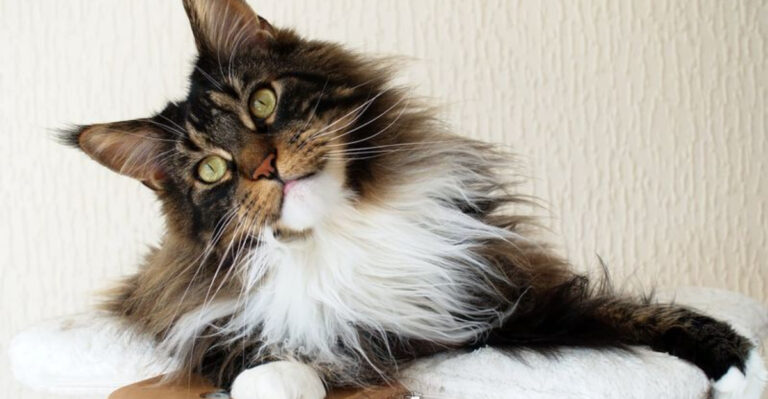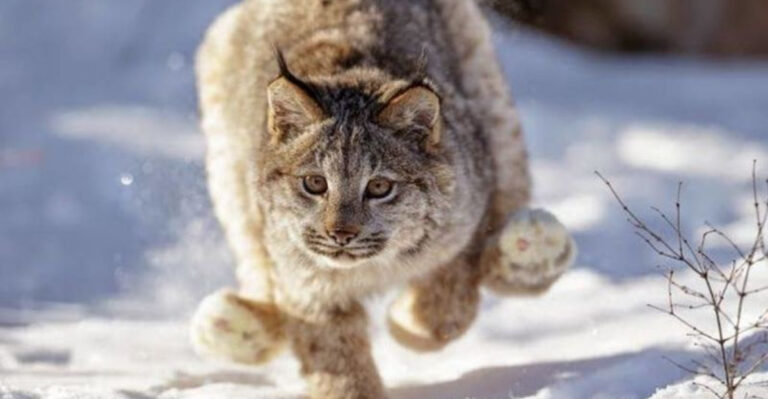23 Shocking Animals That Are Surprisingly Poisonous
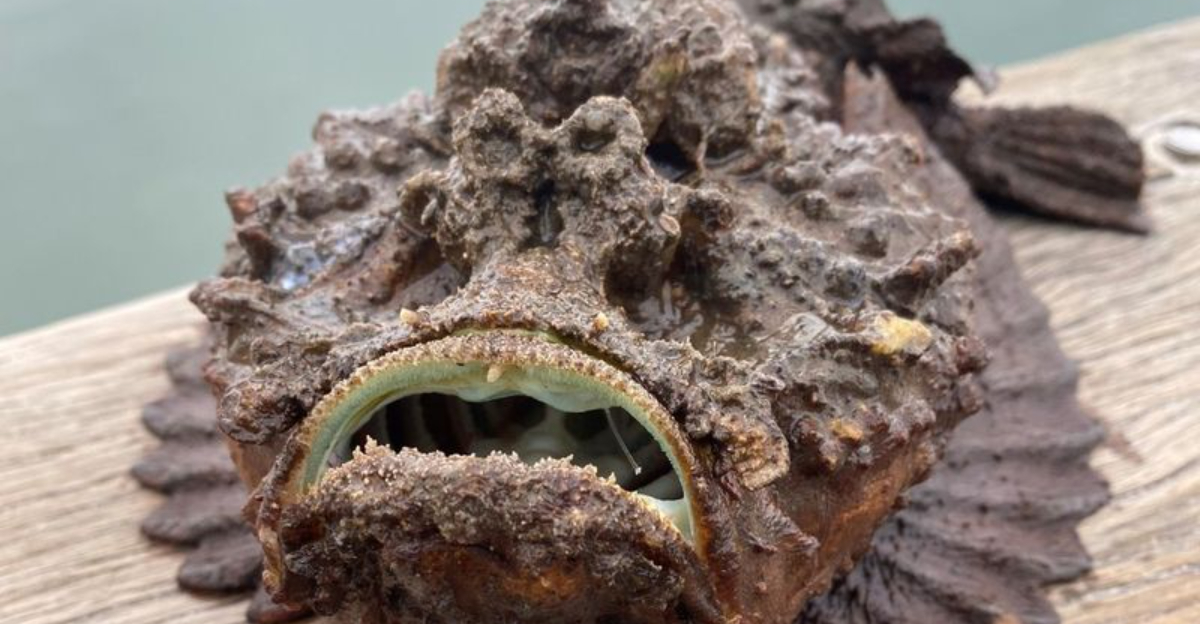
The animal kingdom is full of surprises, and not all creatures that appear harmless are truly so. While we often associate poison with snakes or spiders, there are a host of unusual animals that carry a toxic punch.
From colorful birds to peculiar amphibians, these creatures wield poison in ways that may surprise you. Join us as we explore a fascinating lineup of unusual animals that you probably never knew were poisonous.
1. Northern Bald Ibis
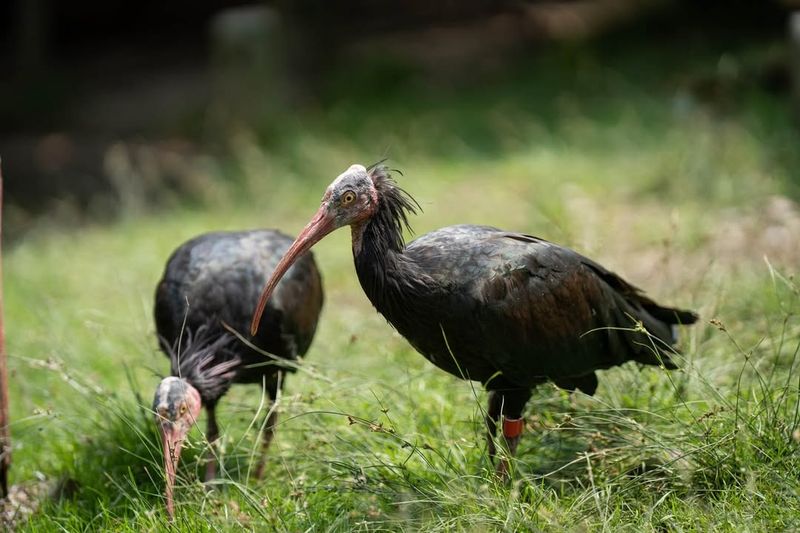
The Northern Bald Ibis, with its striking appearance, is one of the few birds with toxic qualities. These birds secrete a venomous substance from their skin, which can be harmful if ingested by predators.
While they are mainly herbivorous, their defensive mechanism of producing venom helps them ward off threats in the wild.
2. Gooty Sapphire Tarantula
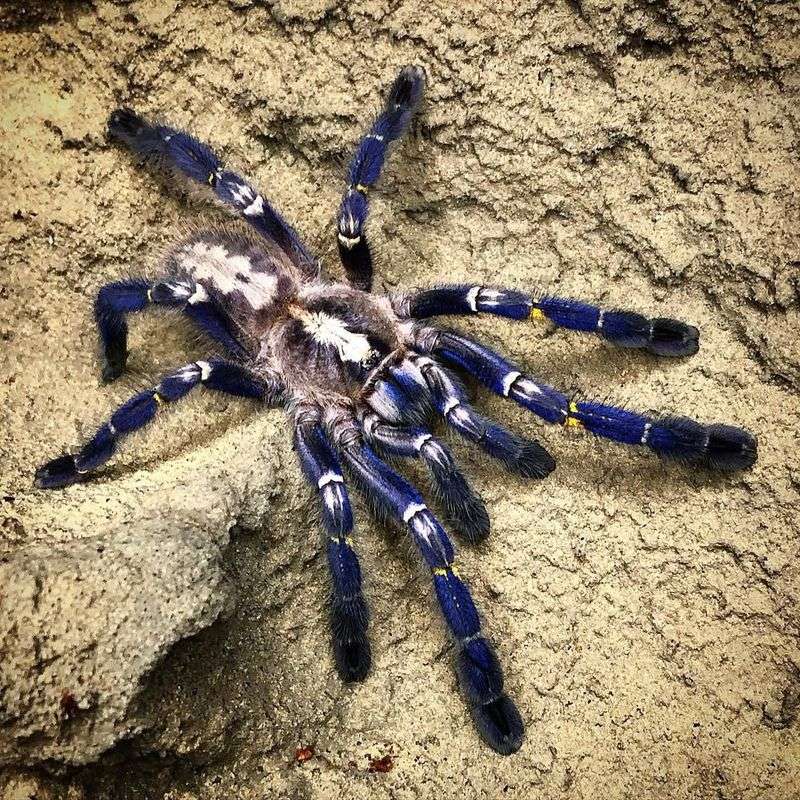
The Gooty Sapphire Tarantula, also known as the Poecilotheria metallica, is a highly venomous spider native to India.
Known for its stunning blue coloration, this tarantula’s venom can cause severe reactions in humans, although bites are rare. Despite its beauty, this species is dangerous and should be handled with extreme care.
3. Slow Loris
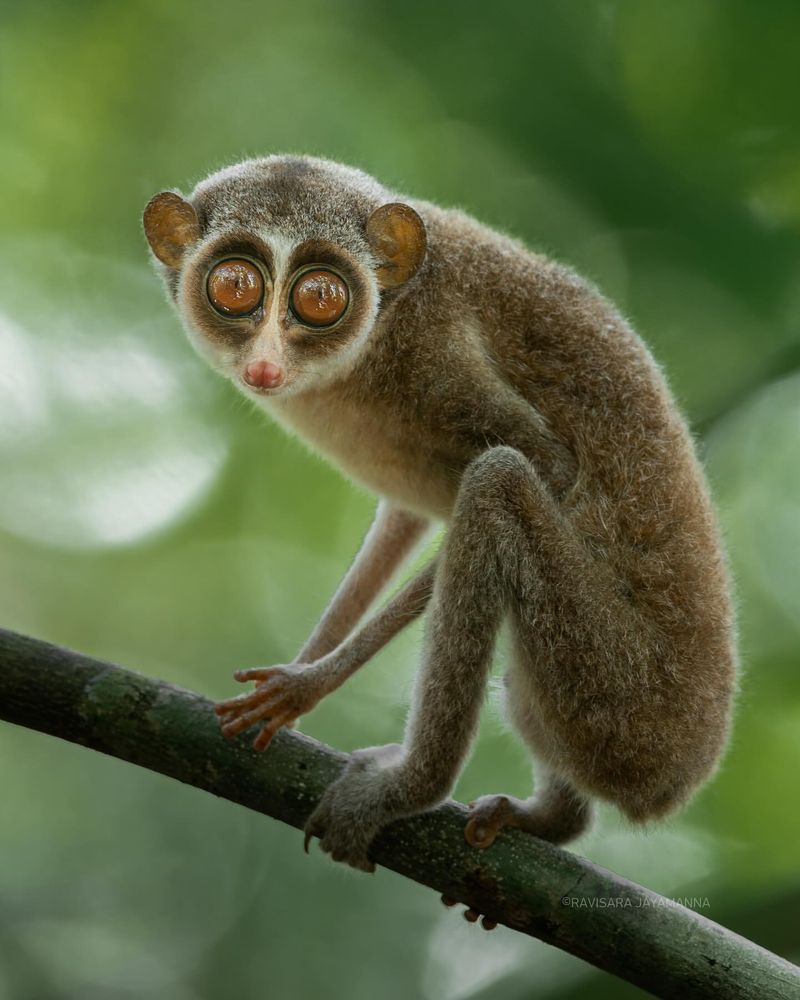
The Slow Loris is a nocturnal primate that secretes a toxic substance from its elbow glands. When the Loris licks its toxin-covered fur, it becomes highly poisonous.
If a predator bites it, the toxin can cause severe allergic reactions and even death. Their slow movements and innocent appearance make them all the more surprising in their potential danger.
4. Hooded Pitohui
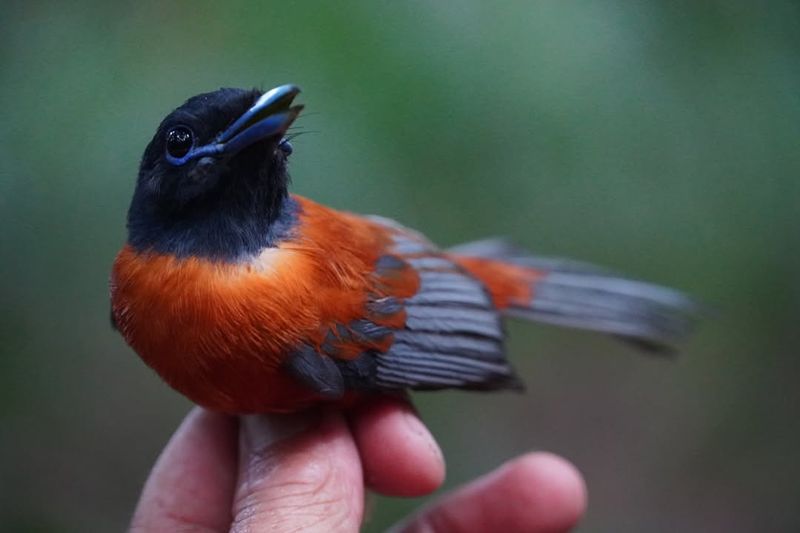
The Hooded Pitohui is a brightly colored bird found in New Guinea. Known for its striking orange and black feathers, it’s also one of the few known poisonous birds.
Its feathers and skin contain batrachotoxin, a potent toxin that can cause paralysis or even death if ingested. Despite its beauty, this bird is a reminder that even the most colorful creatures can carry hidden dangers.
5. Blue-Ringed Octopus
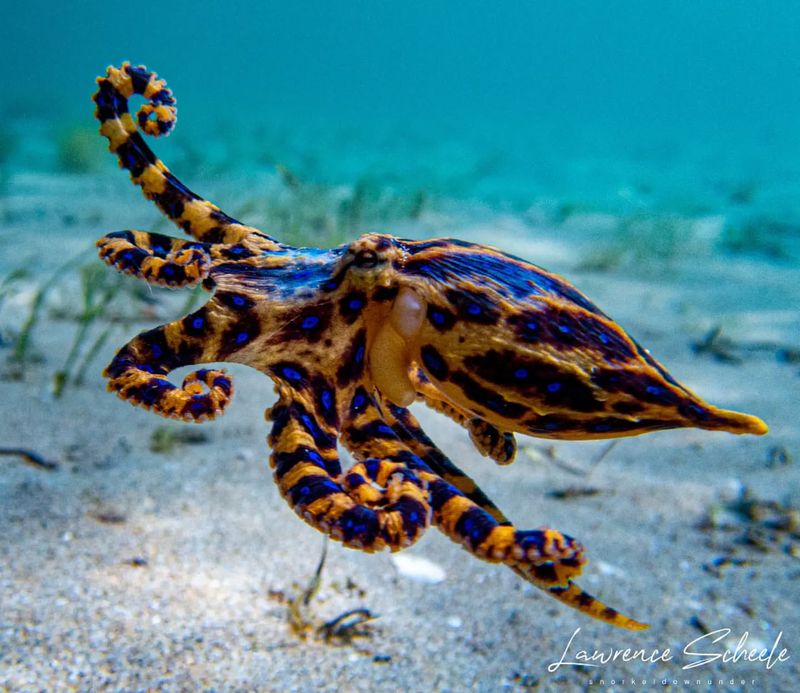
Found in the Pacific and Indian Oceans, the Blue-Ringed Octopus is small but incredibly venomous. Its bite can inject tetrodotoxin, a potent neurotoxin that can cause paralysis and death in humans.
The octopus flashes its blue rings as a warning, but despite this, it is still a dangerous creature for anyone who comes too close.
6. Cane Toad
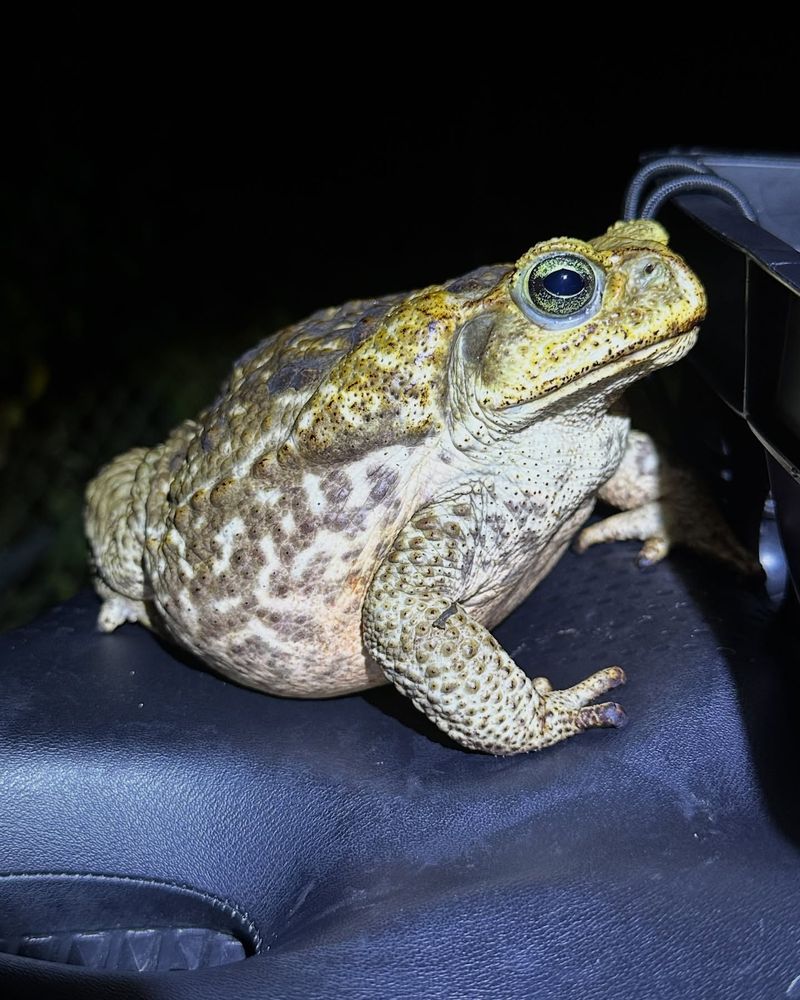
The Cane Toad is notorious for its toxic secretions. Native to Central and South America, it was introduced to Australia to control pests, but instead, it became a serious invasive species.
Its skin contains toxins that can be fatal to predators who try to eat it. Cane Toads are also hazardous to pets, as their toxins can cause severe reactions if ingested.
7. Platypus
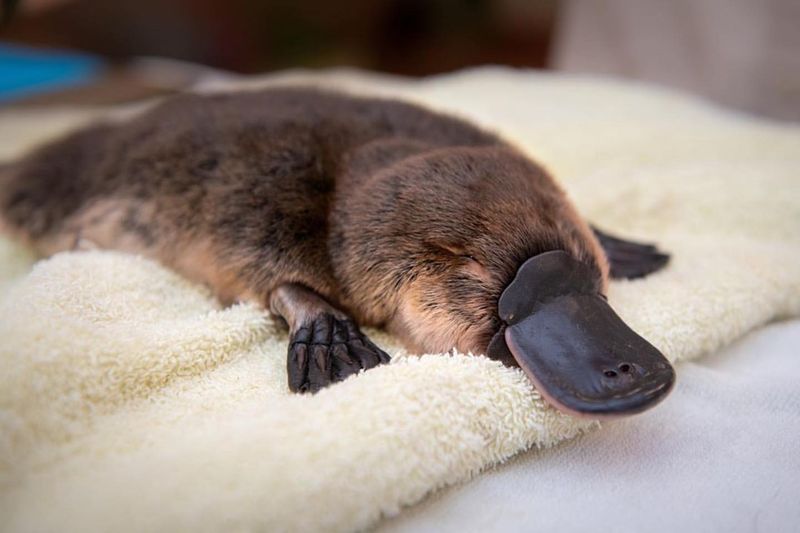
The Platypus, one of the few mammals that lay eggs, has venomous spurs on its hind legs. The venom is not deadly to humans but can cause intense pain and swelling.
Male platypuses are particularly potent during the breeding season, when their venom is used in territorial disputes with other males.
8. Box Jellyfish
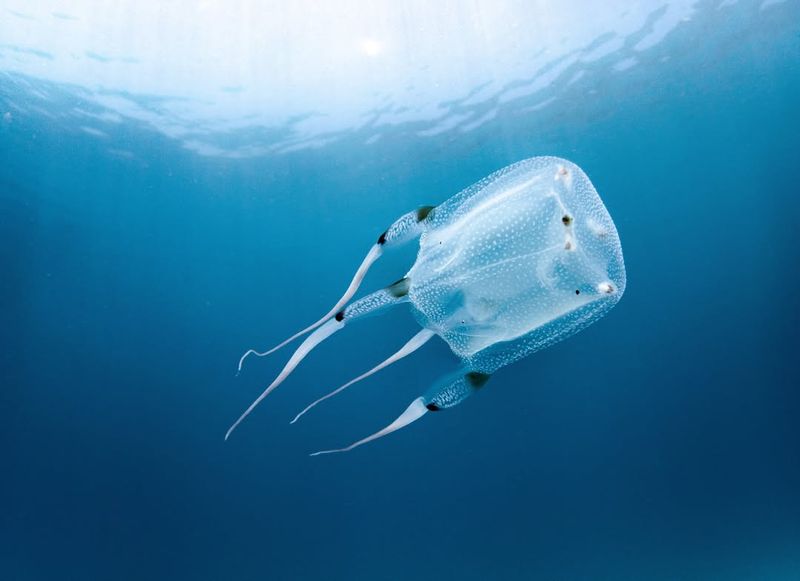
Box Jellyfish, also known as sea wasps, are among the most dangerous creatures in the ocean. Their tentacles contain toxins that can cause heart failure, paralysis, and death.
Found primarily in the waters of northern Australia and Southeast Asia, they are a major risk for swimmers, with their venomous sting being potentially fatal.
9. Komodo Dragon
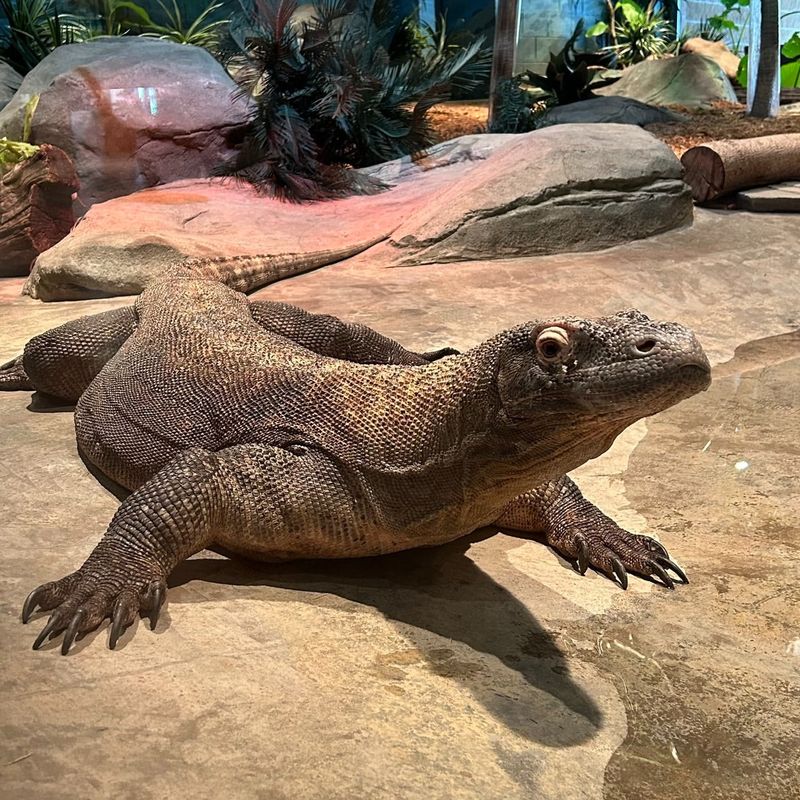
The Komodo Dragon, the world’s largest living lizard, has a powerful bite that is laced with bacteria and venom.
While its venom was initially thought to be the cause of its deadly bite, it has since been revealed that the lizard’s saliva contains toxins that help weaken its prey. This makes the Komodo Dragon a formidable predator, capable of taking down large animals.
10. Poison Dart Frog
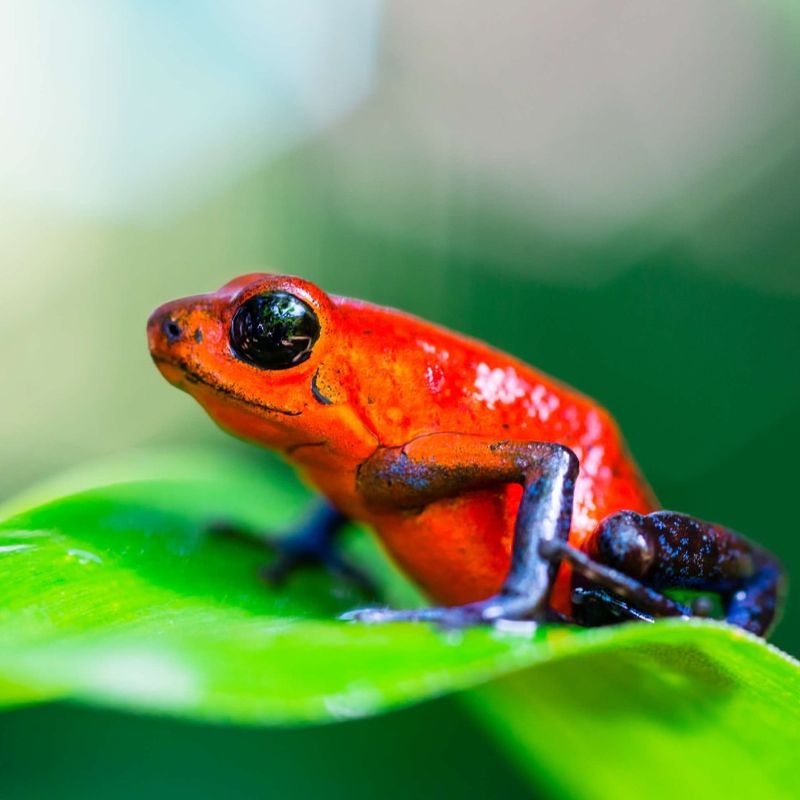
Poison Dart Frogs are known for their vibrant colors, but those bright hues signal that they are toxic.
Native to Central and South America, the frogs secrete a potent neurotoxin that can cause paralysis or death. The level of toxicity varies by species, with some having enough poison to kill a human.
11. Stonefish

The Stonefish, often camouflaged as a rock, is one of the most venomous fish in the world. Its spines contain a potent toxin that can cause extreme pain, paralysis, and even death if stepped on.
Found in the coastal regions of the Indo-Pacific, the Stonefish is both dangerous and difficult to spot due to its excellent camouflage.
12. European Mole
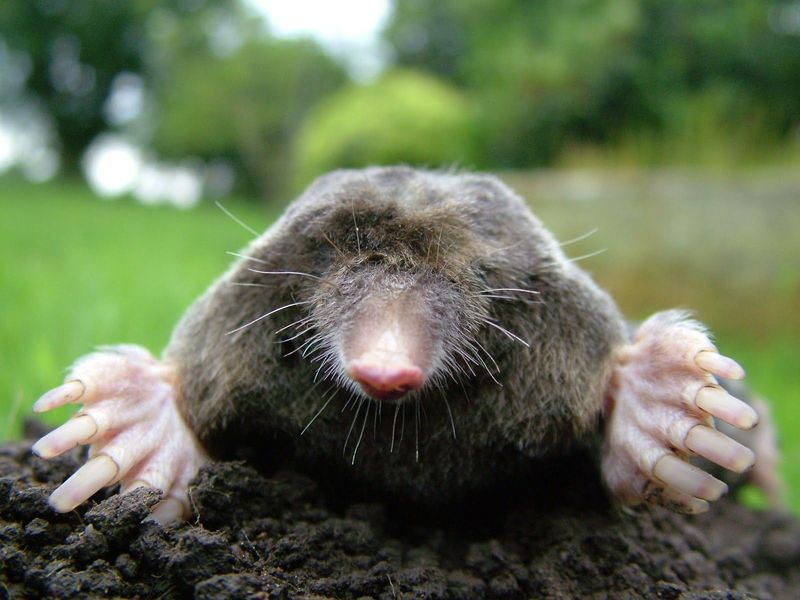
The European Mole has venomous saliva that it uses to immobilize its prey. This venom helps the mole capture and store its food—mainly worms and insects—alive, allowing the mole to eat fresh food later.
While not dangerous to humans, the mole’s venom is an interesting example of how even small creatures can pack a punch.
13. Gila Monster
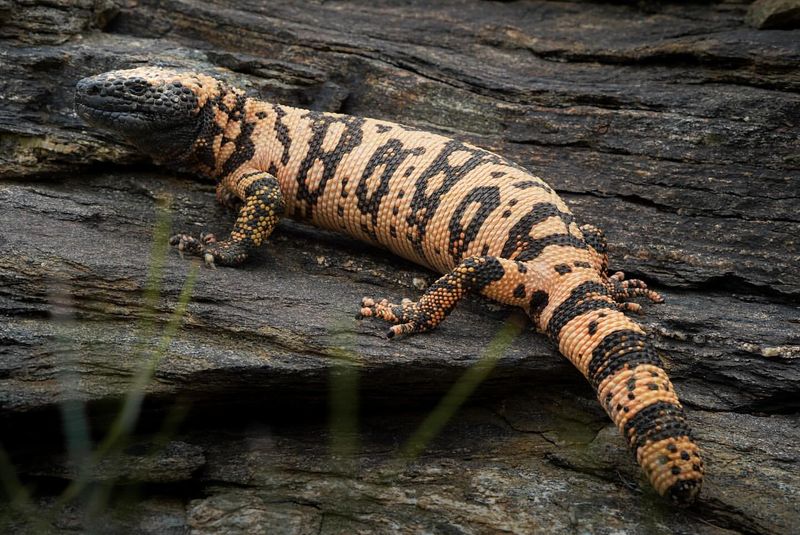
The Gila Monster, a venomous lizard native to the southwestern United States, has a slow metabolism that doesn’t allow it to attack quickly.
However, its venom, delivered through grooves in its teeth, can cause extreme pain, swelling, and even paralysis. This lizard is often feared due to its deadly bite, though it’s usually not aggressive toward humans.
14. Japanese Pufferfish
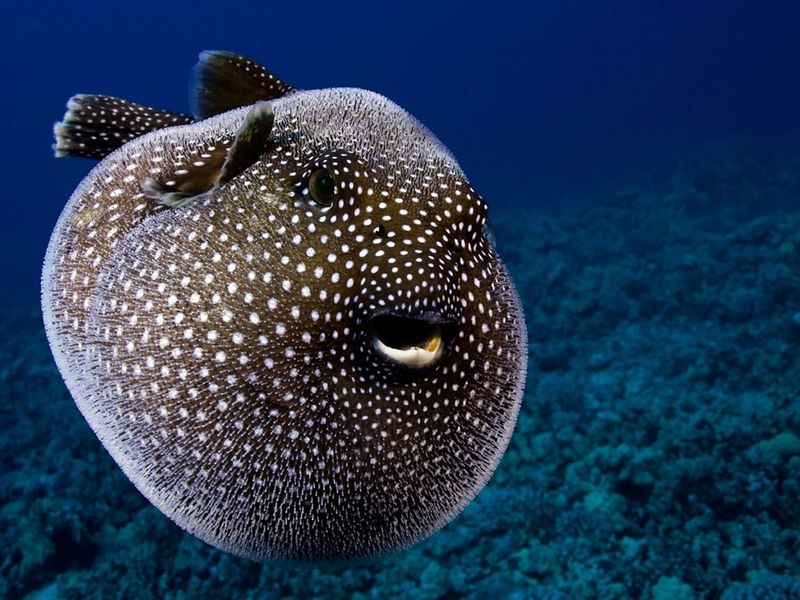
The Japanese Pufferfish, or Fugu, is a delicacy in Japan but also one of the most dangerous animals to eat. It contains tetrodotoxin in its organs, which can be fatal if consumed in large quantities.
Only licensed chefs are allowed to prepare the fish, as improper handling can lead to poisoning or even death.
15. Malyan Krait
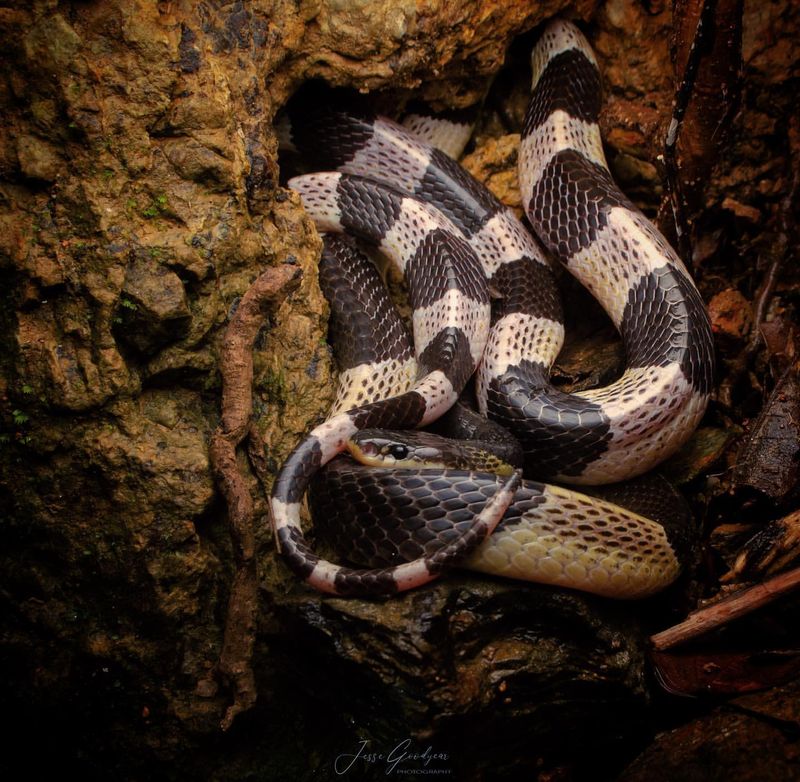
The Malyan Krait is a highly venomous snake found in Southeast Asia. Its bite can be fatal if not treated immediately, as its venom attacks the nervous system, causing paralysis and death.
The Malyan Krait is known for being highly aggressive, making it particularly dangerous for those who encounter it in the wild.
16. Cone Snail
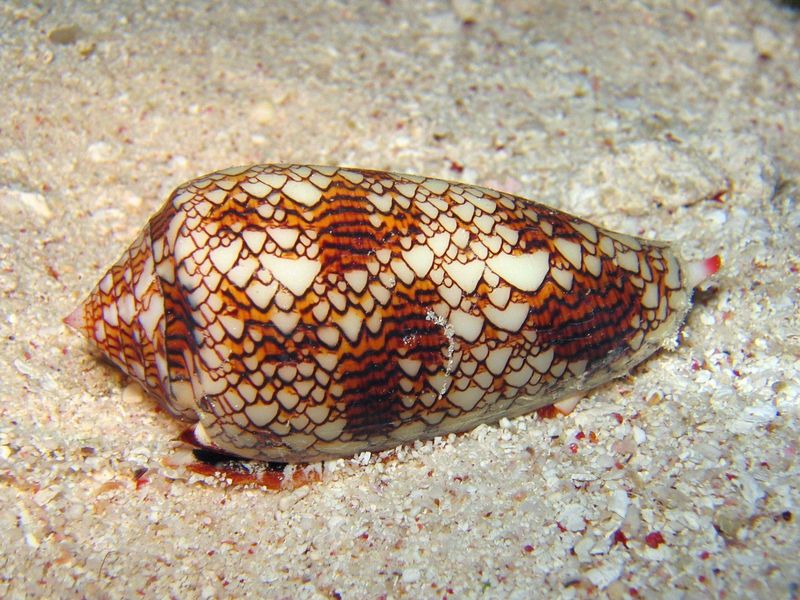
Cone Snails are beautiful but deadly sea creatures that use a harpoon-like tooth to inject venom into their prey.
The venom can cause paralysis, respiratory failure, and death in humans. Despite their slow movement, they are highly effective predators, making them a dangerous threat in coastal waters.
17. Common Krait
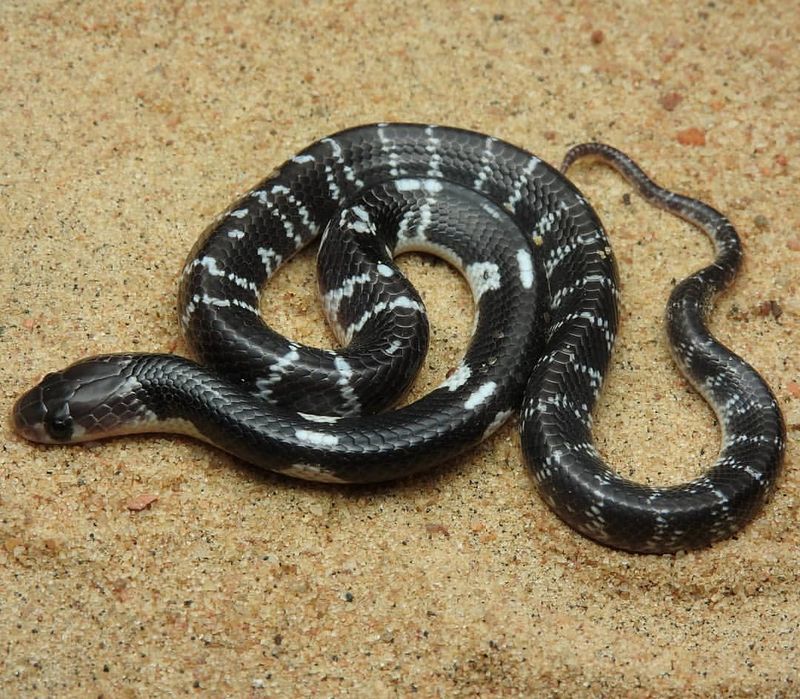
Found throughout South and Southeast Asia, the Common Krait is a venomous snake that strikes fear into locals. Its venom is potent enough to cause paralysis and respiratory failure, often leading to death without immediate treatment.
The Common Krait is nocturnal and highly aggressive, making it dangerous to unsuspecting travelers in its range.
18. Brazilian Wandering Spider
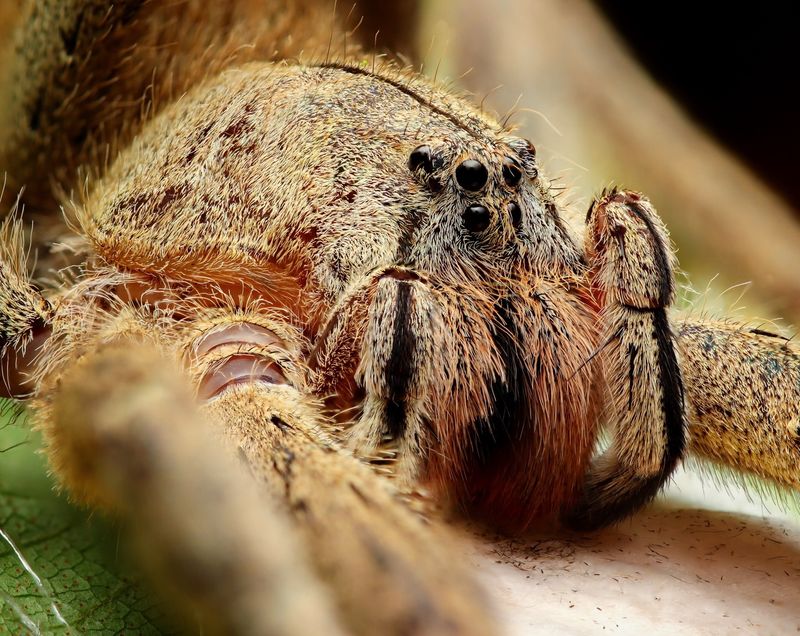
The Brazilian Wandering Spider is one of the most dangerous spiders in the world, known for its venomous bite.
It can cause intense pain, paralysis, and in some cases, death. These spiders are not aggressive but are often found in dark corners or hiding places, which increases the chances of a bite.
19. Scorpionfish
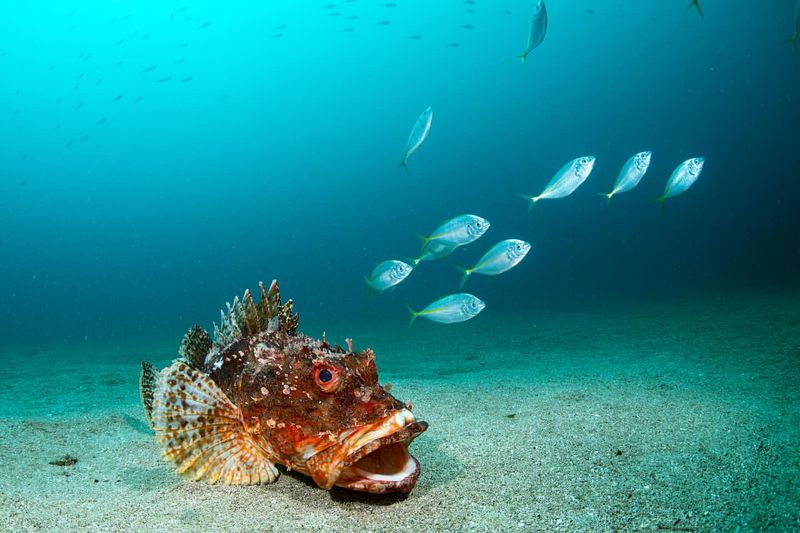
Scorpionfish are another dangerous fish found in the Indo-Pacific region. Their spines are laced with venom that causes intense pain, swelling, and in rare cases, death.
They are often difficult to spot due to their camouflage, making them a hidden danger for swimmers and divers.
20. Rough-skinned Newt
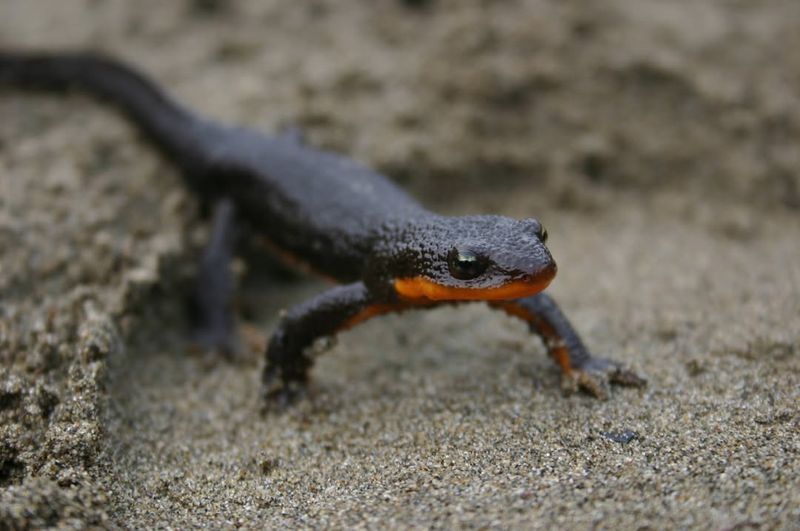
The Rough-skinned Newt is a small amphibian that carries a potent toxin in its skin. The toxin can cause severe reactions in predators and humans if ingested or touched.
Despite their toxic nature, these newts are not aggressive and prefer to remain hidden in moist environments.
21. Irukandji Jellyfish
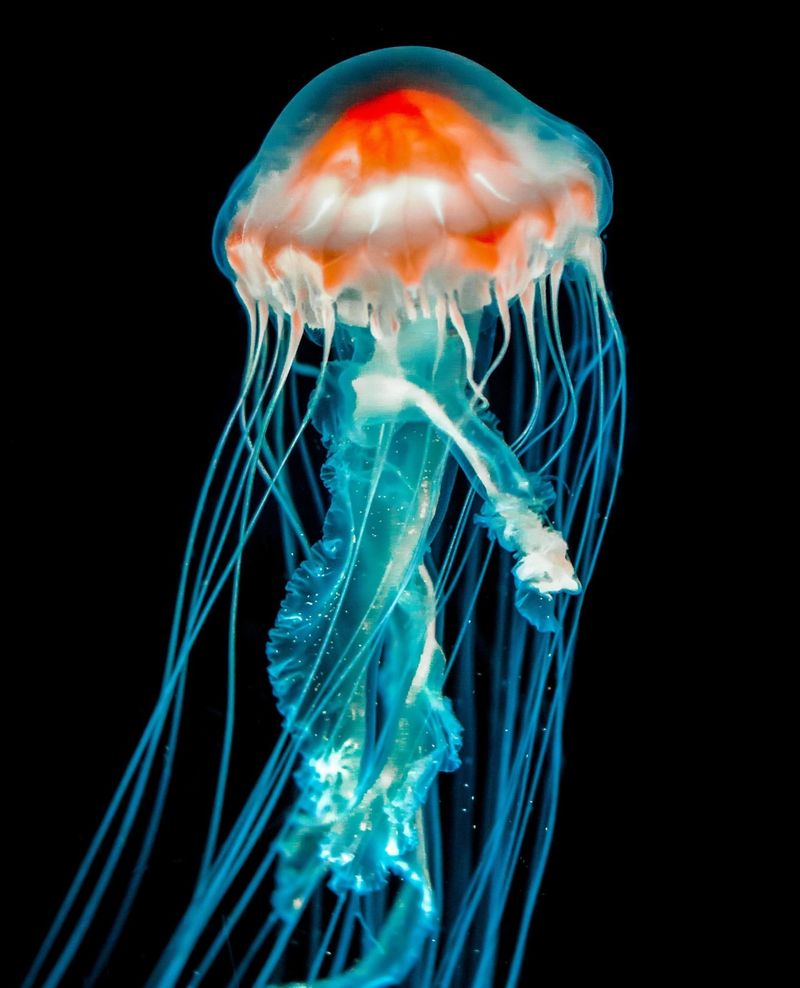
The Irukandji Jellyfish is one of the smallest and most venomous jellyfish species in the world.
Found off the coast of Australia, it can cause extreme pain, nausea, and even death in humans. The venom acts rapidly, making it a significant threat for swimmers and divers.
22. African Crested Rat
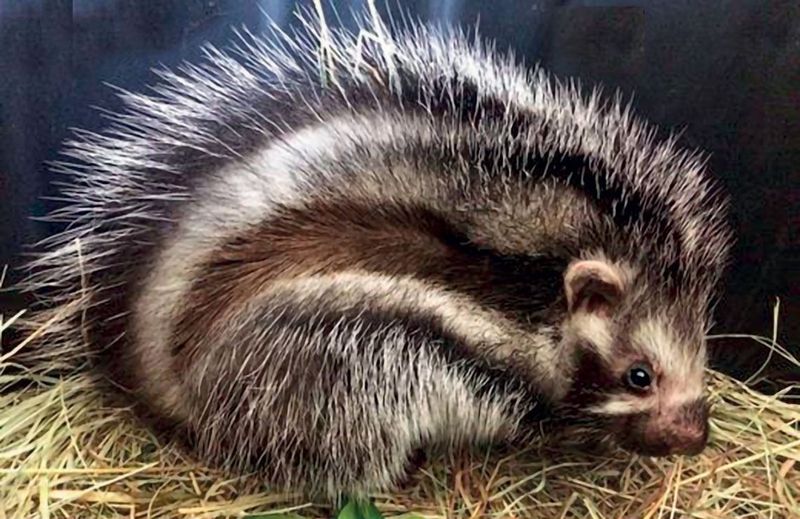
The African Crested Rat is a unique rodent known for its toxic saliva, which it secretes from its mouth.
The rat licks a toxin from the bark of the poison arrow tree and then uses it to coat its fur. This makes it highly toxic to predators and a fascinating example of chemical defense in the animal kingdom.
23. Brown Recluse Spider
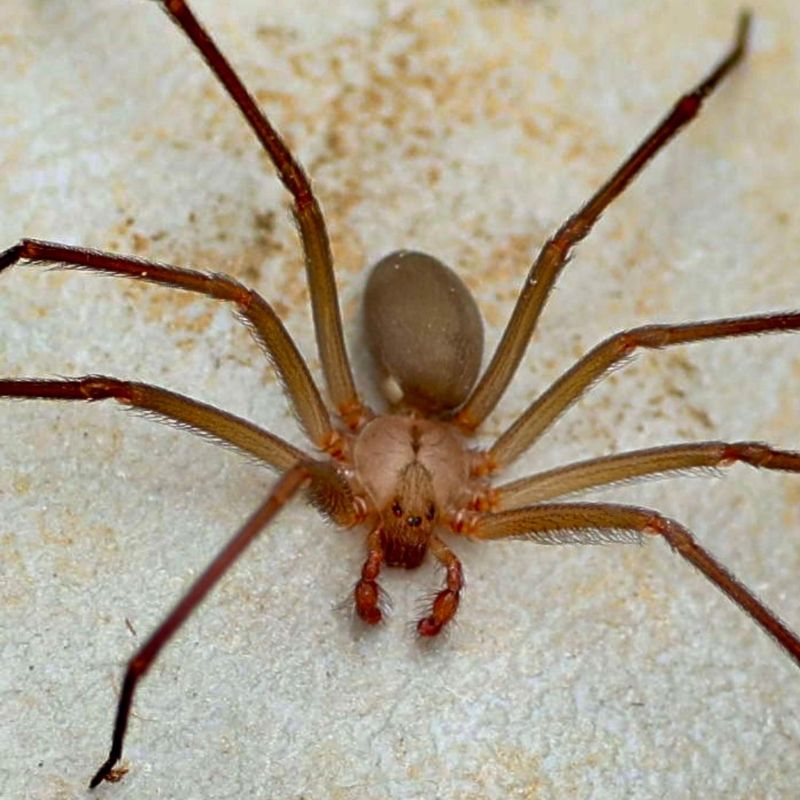
The Brown Recluse Spider is one of the most dangerous spiders in North America, known for its venomous bite.
While it tends to be non-aggressive, its bite can cause severe tissue damage, and in rare cases, it can be fatal. Its reclusive nature often means it’s found in dark corners, making it a hidden danger.

